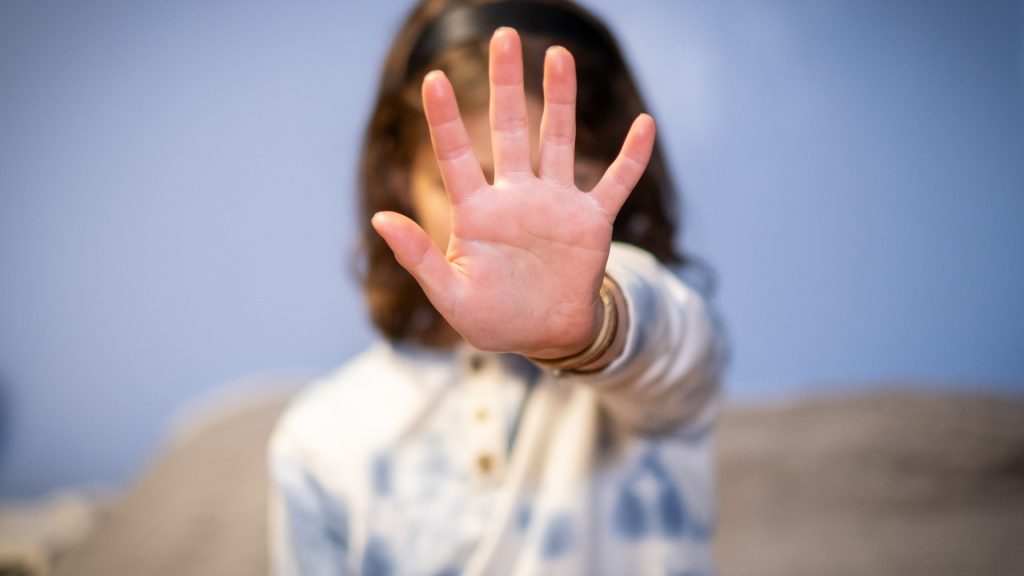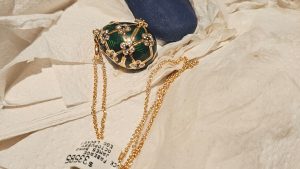How old are we when we start thinking, ‘what I don’t know can’t hurt me’?

Humans like to believe that what they don’t know can’t hurt them. Now, a new study out of the University of Chicago suggests that tendency develops before we even hit our teenage years.
‘Ostrich effect’
Known as the “ostrich effect,” psychologists have long been aware of adults’ willingness to avoid information that makes them uncomfortable. However, a team of researchers led by Radhika Santhanagopalan found that children as young as 7 will negotiate whether new information is worth the risk of mental anguish.
“To understand the origins of decision-making behaviors — and how they change over time — the only population that can give you insight is children,” Santhanagopalan said.
According to Santhanagopalan’s team, children aged 5 and 6 are hungry for more knowledge, regardless of how it challenges their nascent worldview. When it comes to 7- to 10-year-olds, though, the situation begins to change.
“We found that, whereas younger children really wanted to seek information, older children started to exhibit these avoidance tendencies,” Santhanagopalan said. “For example, they didn’t want to know why their favorite candy was bad for them, but they were totally fine learning why their least favorite candy is bad for them.”
Why do we avoid information?
Santhanagopalan’s research identified five reasons people might eschew learning new knowledge:
- Avoiding negative emotions, including anxiety or disappointment.
- Avoiding negative information about how others perceive us or our competencies.
- Avoiding ideas or facts that challenge our beliefs.
- Protecting our preferences.
- Making decisions guided by self-interest.
All five points, with the exception of competency, provided more than enough fodder for the ostrich effect in children and adults.
However, in one example, children of any age wanted to know if they performed poorly on a test. Santhanagopalan suggested that children could be motivated to reflect on test performance if it means the opportunity to do better in the future.
“It’s possible that because they’re getting all this messaging about how you can change your aptitude if you put in the work, maybe they’re more inclined to seek information because they know they can potentially change the outcome,” Santhanagopalan said.
Meanwhile, the researchers also analyzed “moral wiggle room” –– if a person doesn’t have all the facts about a situation, especially regarding self-interest, they can claim plausible deniability and believe that whatever decision they made was a fair and just one.
To do this, the researchers gave children two buckets with stickers. The participants knew one bucket had more stickers than the other, and were asked if they’d like to know how many stickers their partner would get –– a piece of information most older children chose to forego.
“We want to act in our own self-interest, but we also care a lot about appearing fair to other people. Moral wiggle room allows us to achieve both goals,” Santhanagopalan said. “What the moral wiggle room does is allow them to pick the self-interested payoff, while also maintaining the illusion of fairness. That veil of ignorance allows them to act in their own self-interest.”
The takeaway
While avoiding information can serve a purpose in certain situations, Santhanagopalan warns that, in general, it contributes to heightened tribalism, political polarization and rigidity. Similarly, in the end, an awareness of uncomfortable information could prove valuable.
“Humans have this propensity to want to resolve uncertainty, but when the resolution is threatening, people might flip to avoidance instead,” Santhanagopalan said. “I think there’s something to be said about being able to tolerate and even embrace some level of uncertainty. I think that might help in not falling prey to information avoidance.”
The post How old are we when we start thinking, ‘what I don’t know can’t hurt me’? appeared first on Straight Arrow News.





